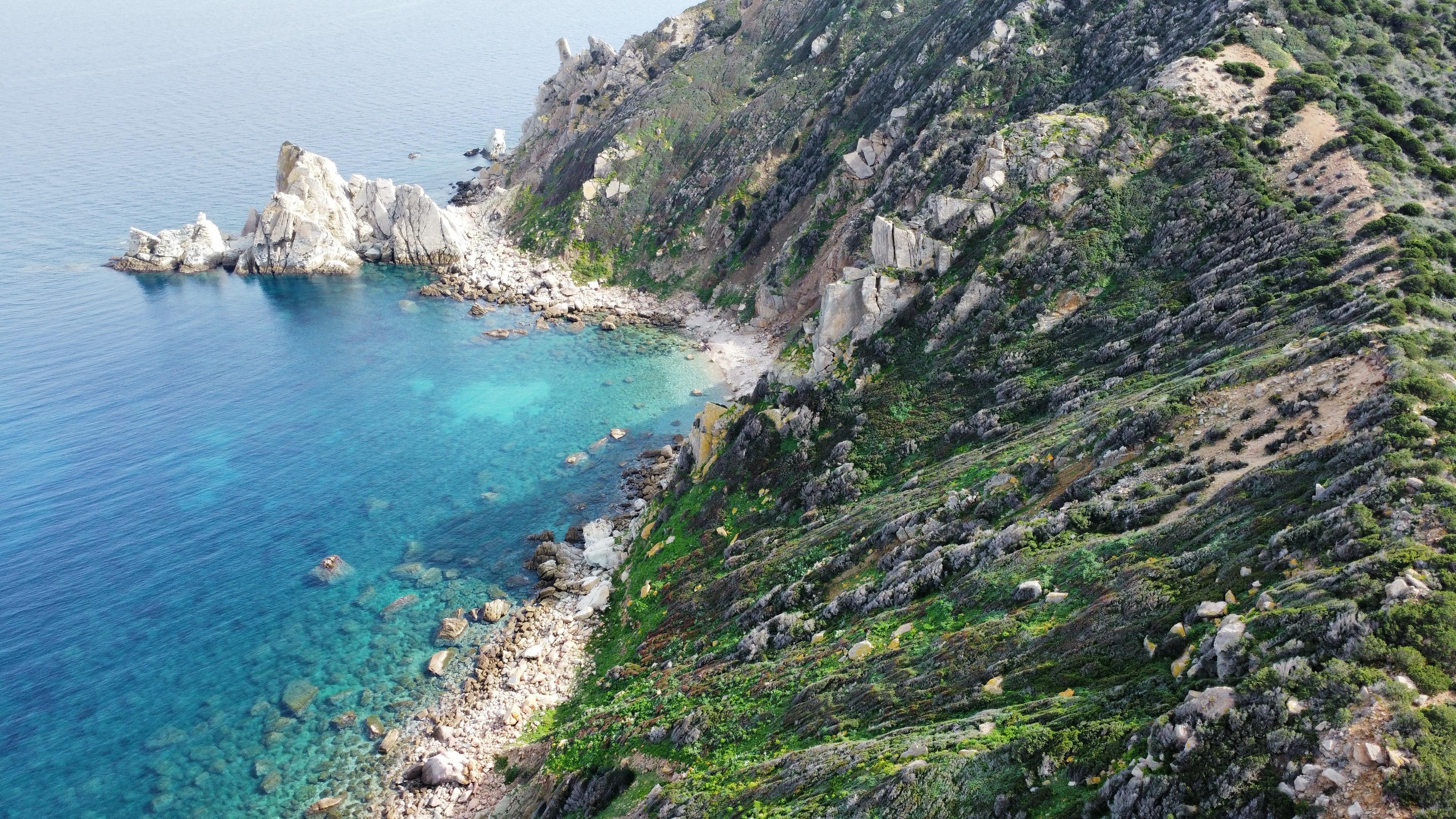People & MPAs – 30x30 Story Collection
Zembra’s Turning Point: Co-Management in Action for Tunisia’s Marine Protected Areas
August 13, 2025
By Maria Elena De Matteo
Based on a transcribed interview with Dr. Aymen Nefla, Coordinator of the "MEDFUND" initiative for Zembra Marine and Coastal protected Area conservation, Ornithologist/Ecologist, and Researcher at the Faculty of Sciences of Tunis

Zembra may be one of Tunisia’s most well-known natural areas, but its marine protected status, and, more importantly, its co-management model, are relatively recent.
Over the past five years, Zembra has been undergoing a quiet but powerful transformation. Supported by the MedFund, a formal co-management system was introduced in partnership between the APAL (Tunisia’s Coastal Protection and Planning Agency) and a local NGO, ASPEN (Association for the Preservation of the Ecological and Natural Heritage of Cap Bon) creating a joint structure dedicated to sustainable, long-term governance of the marine area.
A New Era of Collaborative Management
Before the co-management framework, APAL acted as the sole manager of the marin domain of Zembra MPA. Activities were generally project-based and carried out intermittently depending on the availability of funds and institutional bandwidth. As a government agency, APAL faced limitations in responding quickly to on-the-ground needs, especially those raised by civil society.
That all changed when a permanent team was put in place. Today, a joint co-management unit is embedded has been set up, composed of three full-time NGO staff and four members from APAL. The presence of a permanent team on-site has made a noticeable difference in how objectives are implemented and how quickly.
Administrative flexibility has been another strength of this setup. The co-management unit has been able to initiate and lead new workstreams that previously hadn’t been developed. For example, governance is now a central pillar of action: bringing together local socio-economic actors and stakeholders at the same table for discussions on biodiversity conservation, plastic pollution, ecological monitoring, invasive species, and local logistics.
Building Capacity, Building Resilience
The co-management model has also introduced a culture of fundraising into the MPA’s day-to-day operations — another goal of the MedFund’s support. A fundraising team is now in place and has successfully secured around 30–40% of the needed funds, with efforts underway to increase financial autonomy over time.
Persistent Challenges
Despite progress, Zembra’s MPA still faces structural and legal barriers.
The biggest challenge: unclear governance. Legally, Zembra is still considered a national park under the Ministry of Agriculture, rather than a marine protected area governed by MPA-specific legislation. As a result, enforcement of marine conservation measures is inconsistent. Fishing violations are difficult to control, especially among private boaters, and enforcement agencies currently lack the legal mandate to act decisively.
This makes the upcoming national MPA law in Tunisia a potential game-changer. Once in place, it’s expected to clarify institutional responsibilities and significantly improve the enforcement of conservation measures. Other ongoing issues include unstable funding and limited staff capacity. Strengthening the team is considered a key priority for the coming years.
.jpg)
Engaging Local Communities
A crucial step has been mapping and engaging different community groups who depend on the area:
- Artisanal fishers have formed an official group to access funding and improve practices. Work is underway to create a dedicated local market and labelling system to support sustainable fish sales.
- Women from fishing families are the focus of pilot projects to create small-scale product transformation units.
- Children and schools are engaged through local environmental education programs, including waste collection campaigns and teacher training.
- Farmers are also part of the stakeholder network, though initiatives are still in development.
While socio-economic impacts have yet to be fully measured, a new five-year planning cycle aims to move from diagnostics to action. Within this next phase, one of the key goals is to design and implement projects that deliver tangible economic and social benefits.
A Shift in Perception
Perhaps the most telling impact of the MPA comes from the people themselves.
When Zembra’s MPA was first introduced, there was strong resistance, particularly from the fishing community. The term “protected area” was widely misunderstood as a ban on fishing altogether, seen as a threat rather than an opportunity.
Over time, this perception has shifted. Thanks to consistent local presence, daily contact, and the creation of a legal structure for fishers to organise, communities began to see the MPA differently, not as a restriction, but as a framework for support, funding, and long-term sustainability.
Today, the new fishers’ group includes 30-40 members who are not only part of the MPA structure but active in shaping solutions to protect it. Full acceptance hasn’t yet been reached, but significant progress has been made.
Inspiration from Nearby: The Case of Kuriat Islands
Another promising example comes from the Kuriat Islands, where APAL and the NGO Notre Grand Bleu are co-managing a protected area with strong community engagement. Students are offered roles within the NGO, and fishers are actively involved in educational outreach. A dedicated awareness centre has been established within the protected site itself.
Zembra’s story is not only about marine protection: it’s about laying the groundwork for long-term, locally rooted conservation. While legal gaps and enforcement challenges remain, the power of co-management, presence, and trust are already reshaping what’s possible.
Get Involved Now
The Mediterranean Sea, a vital hub of marine biodiversity, is facing an unprecedented threat from illegal fishing practices